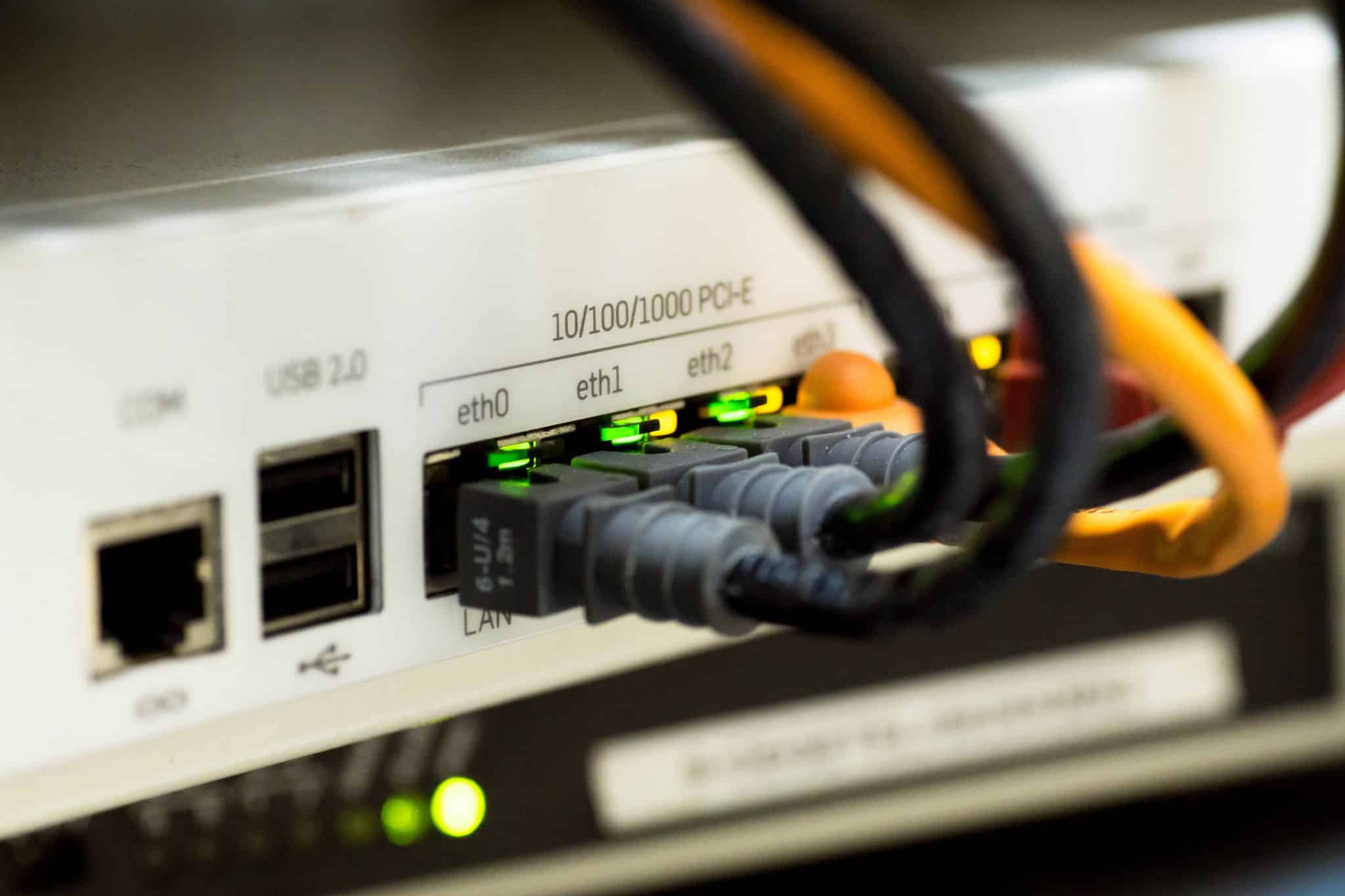Superfast broadband is described by Ofcom as any broadband service that provides speeds of 30Mbps or higher.
Covering more than 96% of the UK, Superfast broadband, also known as 'Fibre to the Cabinet' (FTTC), is the most common type of broadband available.
But what is it and is it the best type of broadband available for you and your home?
How is Superfast broadband defined?
Superfast broadband is any broadband service that offers speeds between 30Mbps and 100Mbps. Anything faster than this falls into either Ultrafast (Fibre) or Gigabit categories.
This type of connection is great for people who often find themselves multiple bandwidth-intense activities including streaming TV shows and movies, download files and attending video calls.
While not as fast as Fibre (Ultrafast) broadband, Superfast broadband is still generally considered suitable for most small, medium and sometimes even large households who intend to have a number of devices connected to the internet simultaneously.
How does Superfast broadband work?
Most Superfast broadband connections will be made using partial-fibre. This means that fibre optic cables will run from the exchange to the local green cabinet you often see on footpaths. Then, from the green cabinet, copper phones lines are used for the rest of the journey to your home.
This means that Superfast broadband will be slower than a full fibre (Ultrafast) broadband connection.
But why?
For one, if the copper phone lines running from the cabinet to your home have frayed or degraded, or if you live a certain distance from the roadside cabinet, your connection will generally be much slower and less reliable.
How fast your superfast connection will be can also depend on the number of people in your street who rely on that same green cabinet for their broadband. The more people who use that cabinet to access their internet and at the same time, the more you are sharing that speed with everyone else.
Full fibre broadband, on the other hand, runs fibre optic cables directly from the exchange into your home. There is no competition on the line, allowing you to get greater bandwidth, with the only thing affecting your speeds being however many devices you choose to have connected to your broadband through Wifi and whether they’re being used simultaneously and for heavy-use activities.
Who offers Superfast broadband?
Most broadband providers who operate their services using the BT Openreach network will offer superfast internet deals.
These providers include BT, EE, Plusnet, Sky, Vodafone, and TalkTalk.
Should I get superfast broadband?
Superfast broadband is considered a suitable option for most households in the UK. Even if you only use the internet for little more than checking your email, the step-down option, a standard ADSL broadband connection, will actually be more expensive.
But whether you need Superfast or the next step up, Ultrafast, will depend on your own personal circumstances, including what online activities you’re doing, how many people you live with, and how heavy each person’s internet usage is.
To help calculate what broadband speed you need, it’s a good idea to allocate at least 10Mbps of bandwidth for each person in your household.
Pros and Cons of Superfast broadband
Although the most widely available and adopted type of broadband in the country, superfast broadband is not without its cons.
Pros
Faster than ADSL
Because the connection between the telephone exchange and the cabinet is made by fibre optic cables, a Superfast connection will provide you with faster speeds than an ADSL all-copper connection.
Highly available
With more than a 96% availability rate, FTTC broadband is available almost anywhere in the UK.
Competitively priced
Because of its high availability, Superfast Broadband is now one of the cheapest options on the market.
Cons
Slower than full fibre broadband
Although Superfast broadband is much faster than ADSL, it's still much slower when compared with full fibre.
A busy network
If your home is located a significant distance from the cabinet or are sharing the network with a lot of other users ("highly contended" in industry jargon), the speeds you get will be worse.
Compare broadband deals
We find deals from all the top providers and help you switch.
